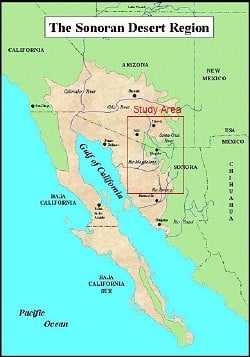
Above: Regional Orientation & Study Area
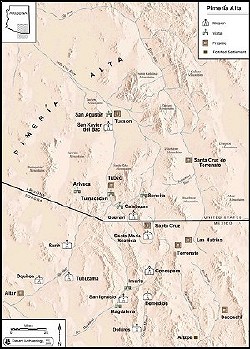
Jesús Manuel García-Yánez, Arizona-Sonora Desert Museum & Robert M. Emanuel, University of Arizona


The establishment of missions throughout New Spain (now the US-Mexican Borderlands) catalyzed a regional form of the Columbian Exchange. Among the most significant items exchanged from the late 16th through early 19th centuries were fruit trees. These European cultivars represented an important milestone in the Columbian Exchange for native peoples and Europeans both. While Europeans took pride in their productivity, native people adapted them to their needs and their livelihoods. The timeline below gives a summary of the historical context for the exchange.
In various places they planted a considerably number of these trees and produced pomegranates, peaches, apricots, quinces, figs, lemons, and oranges. These fruits are superior in size, juiciness, sweetness, and flavor to those which are grown in Europe...
--Ignaz Pfefferkorn 1725
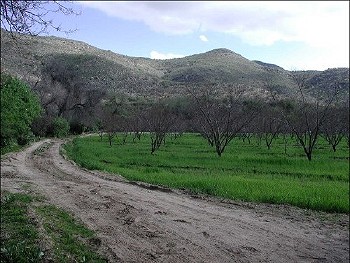

This mission has his church adequately furnished with ornaments, chalices, cups of gold, bells, and choir chapel; likewise a great many large and small cattle, oxen, fields, a garden with various kinds of garden crops, Castilian fruit trees, grapes, peaches, quinces, figs, pomegranates, pears, and clingstones...
--Father Eusebio Francisco Kino, Dolores 1695
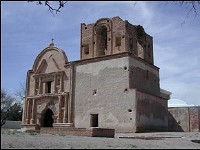


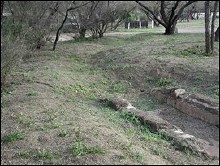
The garden was well filled with full grown fruit trees and they had been heavily laden with peaches, pomegranates, quinces, etc. Very few were left for us, however, we gleaned a few peaches...
--C.C. Cox, Tumacácori, 1849 (1925 )